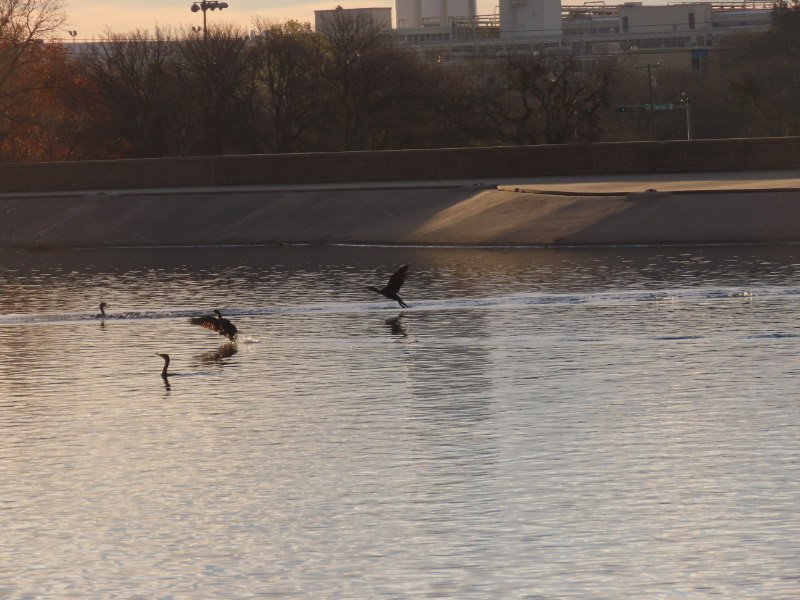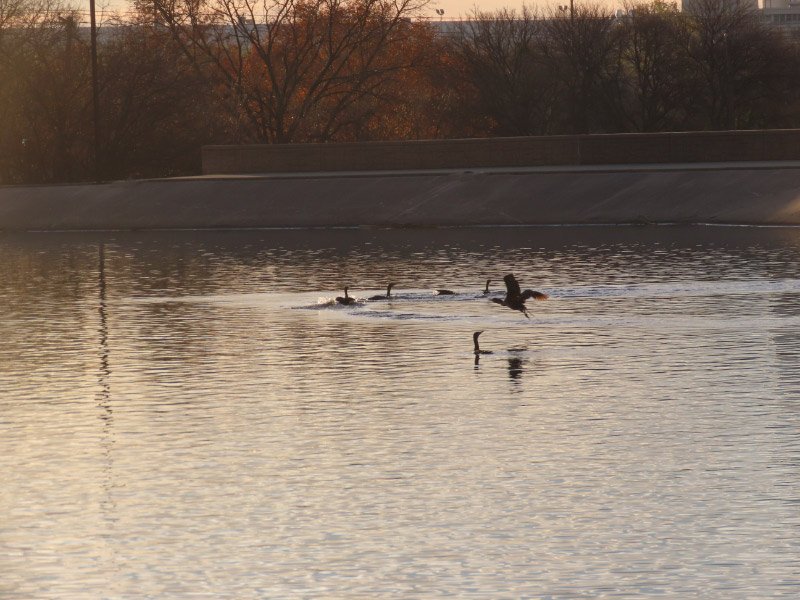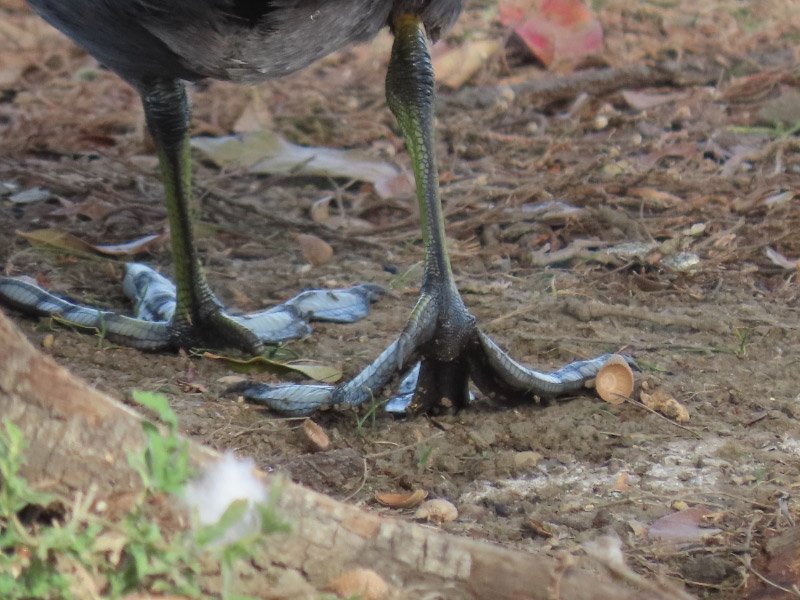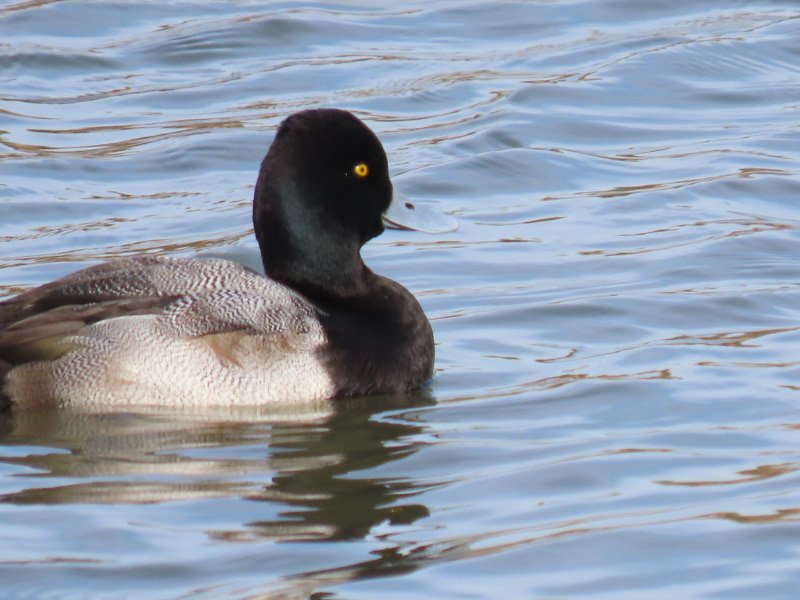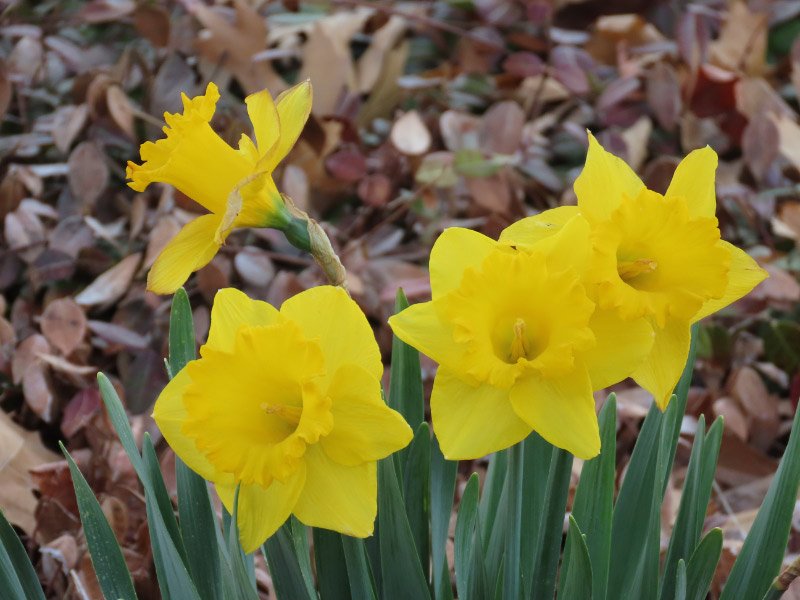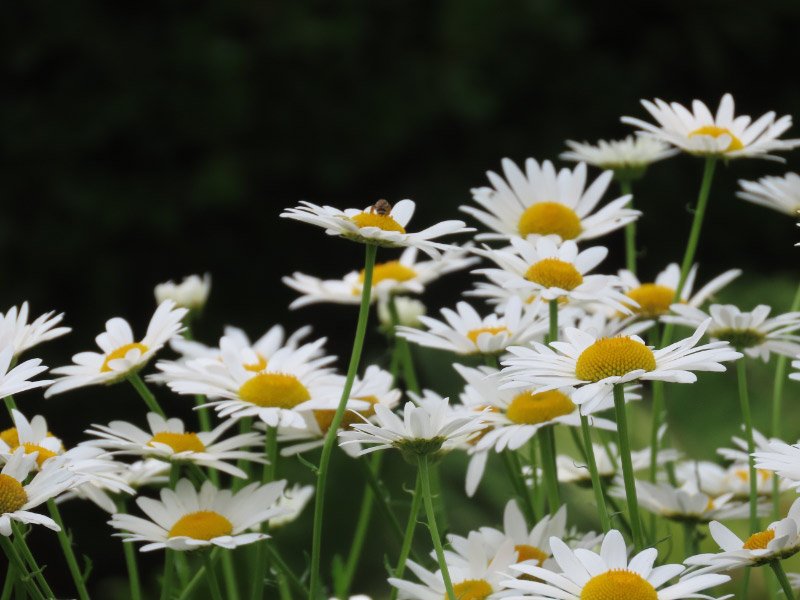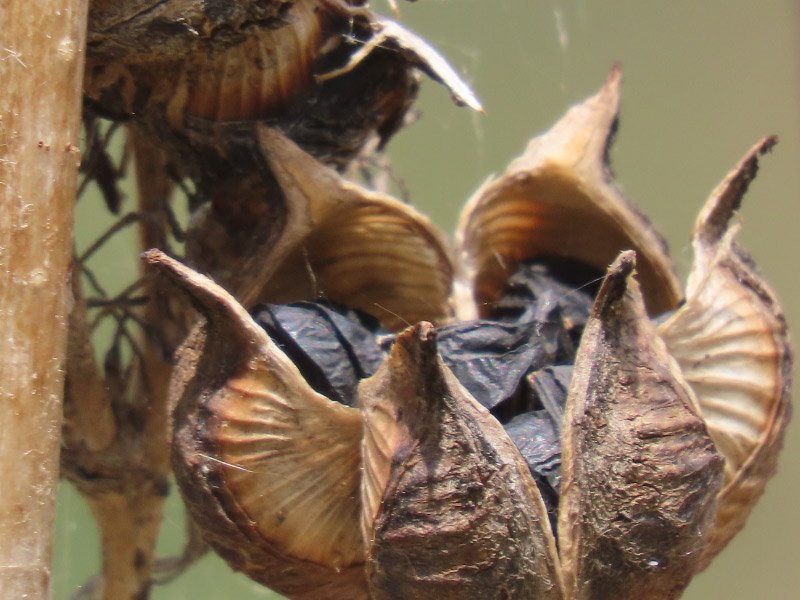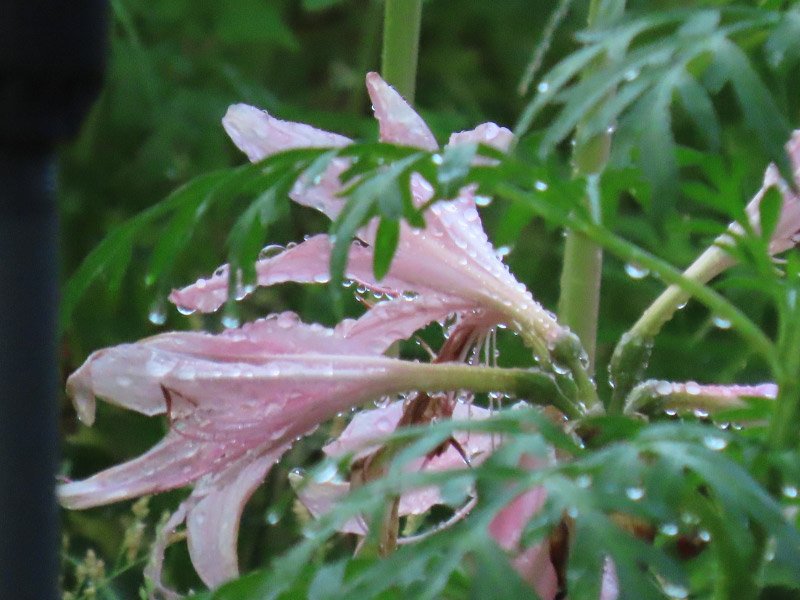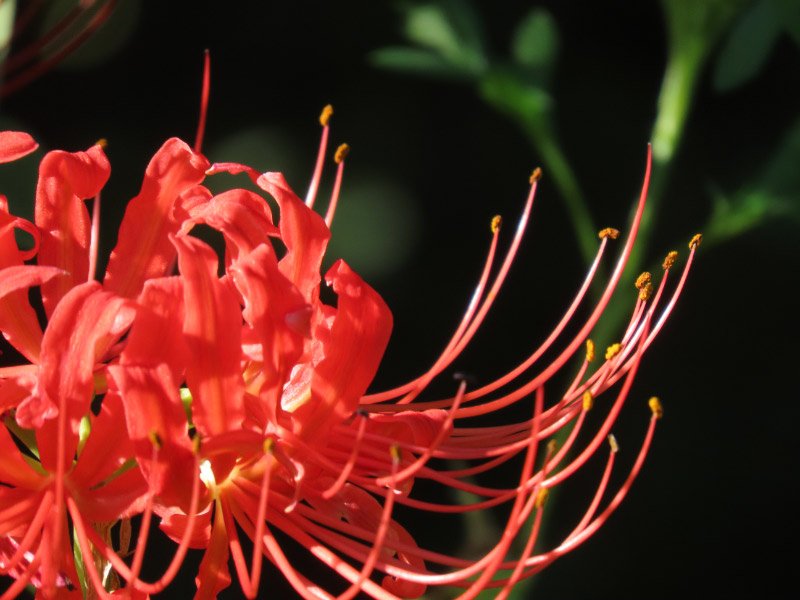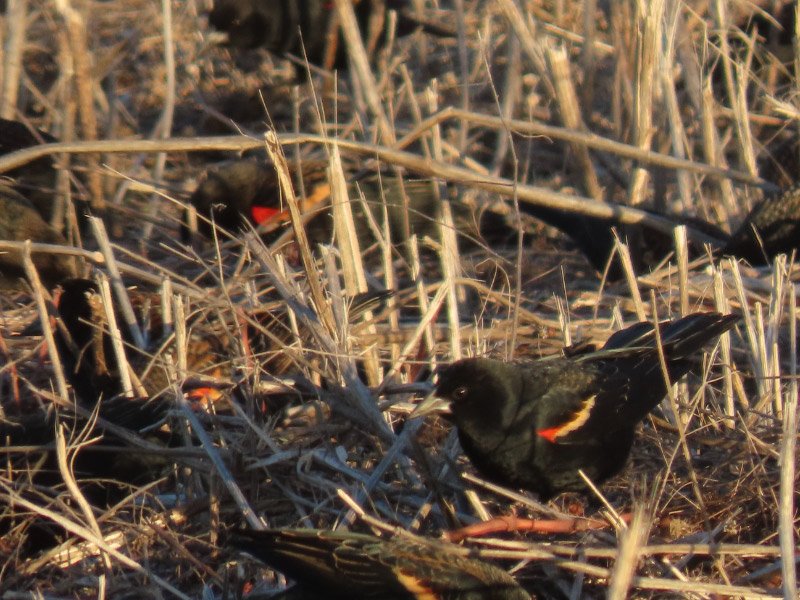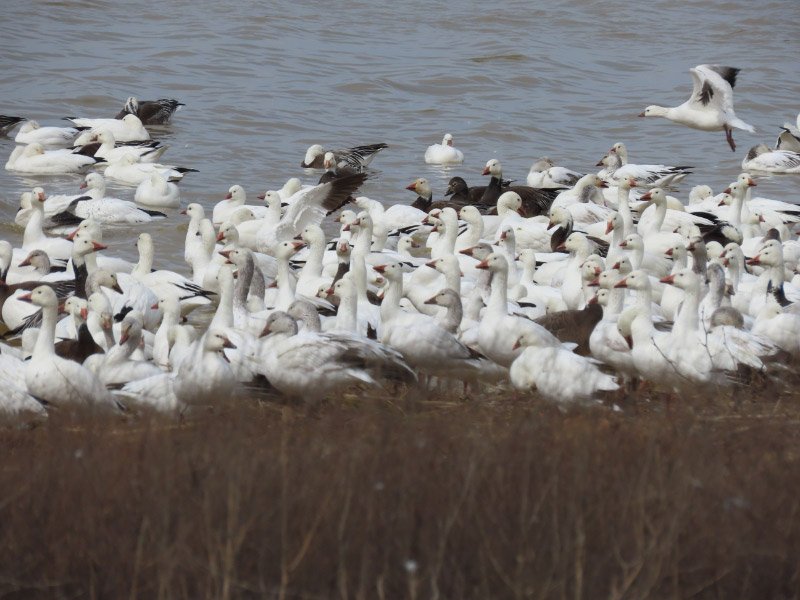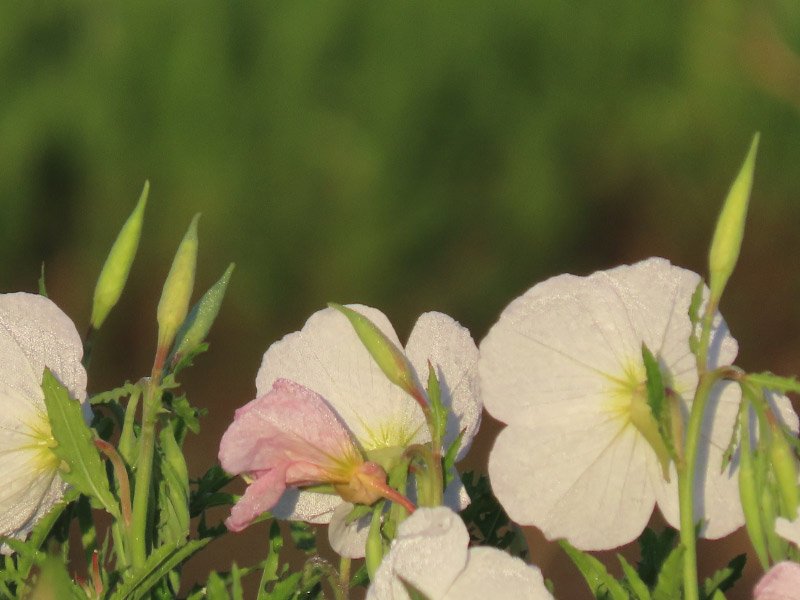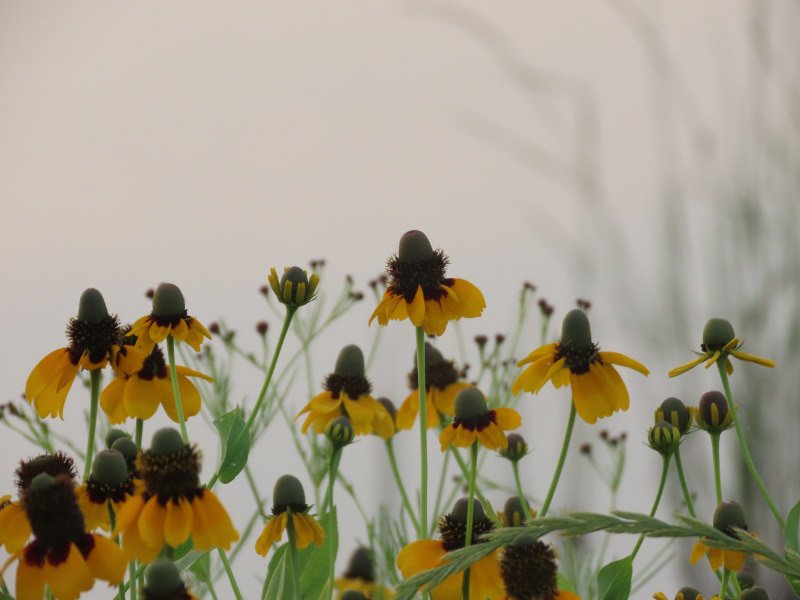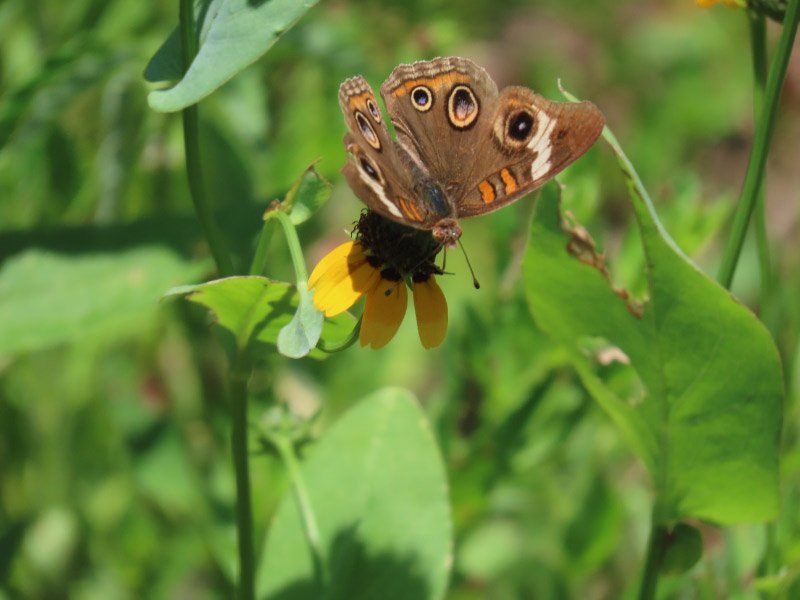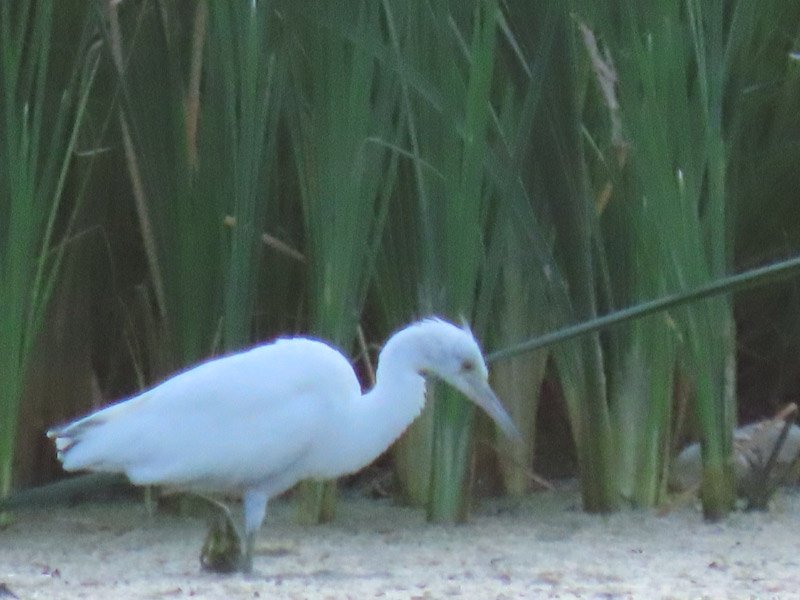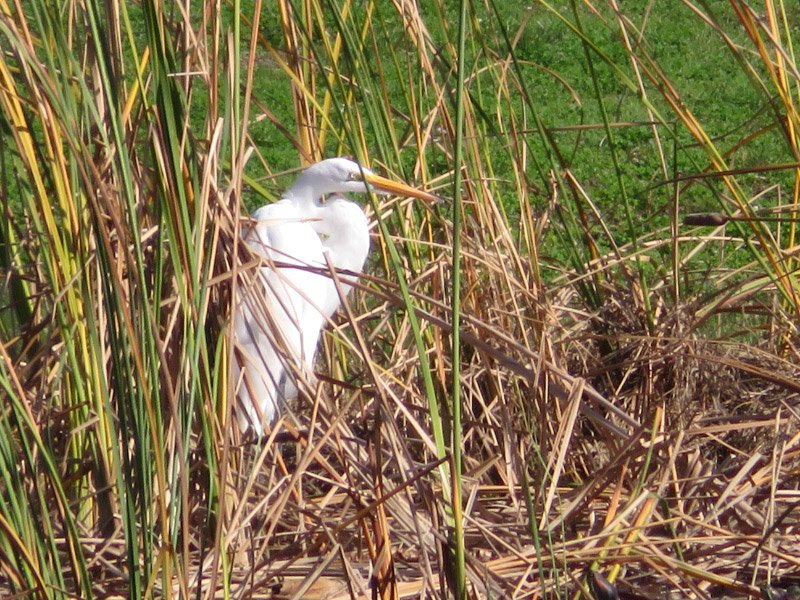Gleanings of the Week Ending January 27, 2024
/The items below were ‘the cream’ of the articles and websites I found this past week. Click on the light green text to look at the article.
Can autoimmune diseases be cured? - After decades of frustration and failed attempts, scientists might finally be on the cusp of developing therapies to restore immune ‘tolerance’ in conditions such as diabetes, lupus and multiple sclerosis.
Good and bad news for people with low back pain - The good news is that most episodes of back pain recover, and this is the case even if you have already had back pain for a couple of months. The bad news is that once you have had back pain for more than a few months, the chance of recovery is much lower. This reminds us that although nearly everyone experiences back pain, some people do better than others, but we don't completely understand why.
Why diphtheria is making a comeback - While this present surge of diphtheria cases is indeed unprecedented for West Africa, it is really a symptom of larger issues in global health, including insufficient infectious disease surveillance, poor vaccination rates and scarcity of public health resources.
The Prairie Ecologists Photos of the Week – January 22 2024 – Photographs from out in the cold.
The chemistry of meat alternatives – It’s complicated…..in the end are meat alternative ultra-processed food?
The strange reasons medieval people slept in cupboards – I can see how they might have been warmer….but also rather claustrophobic. And wouldn’t they be hard to keep clean?
In the time of the copper kings - Some 3,500 years ago, prosperous merchants on Cyprus controlled the world’s most valuable commodity. Beginning in the third millennium B.C., and especially during the second millennium B.C., copper was king and could make those who possessed it extremely wealthy and powerful. There was enough copper and tin on board the Uluburun ship (wrecked off the coast of Turkey) to produce 11 tons of bronze, which experts estimate could have been turned into 33,000 swords. Researchers have analyzed the Uluburun wreck’s copper and found that it all came from Cyprus. There is evidence of the surprisingly diverse nature of the community thriving there and that those Cypriots who controlled the production and distribution of copper, such as the shipment found off Uluburun, could become exceptionally rich.
Cicadas Are Coming: Rare ‘Dual Emergence’ Could Bring One Trillion of the Bugs This Year – We don’t live in the overlap area…but where we live in Missouri will see Brood XIX this summer….a great opportunity for cicada photography!
Incredible Winners of the Close-Up Photographer of the Year Contest – So many beautiful images. My favorite is ‘Spirit of Yucatan’ (drifting stems of lily pads in a Mexican freshwater cenote…the sky above).
Deepwater Horizon oil spill study could lead to overhaul of cleanup processes worldwide – Chemical oil dispersants combined with sunlight…made oil more toxic. Observations from after Deepwater Horizon, and being confirmed experimentally, to improve responses to oil spills.















